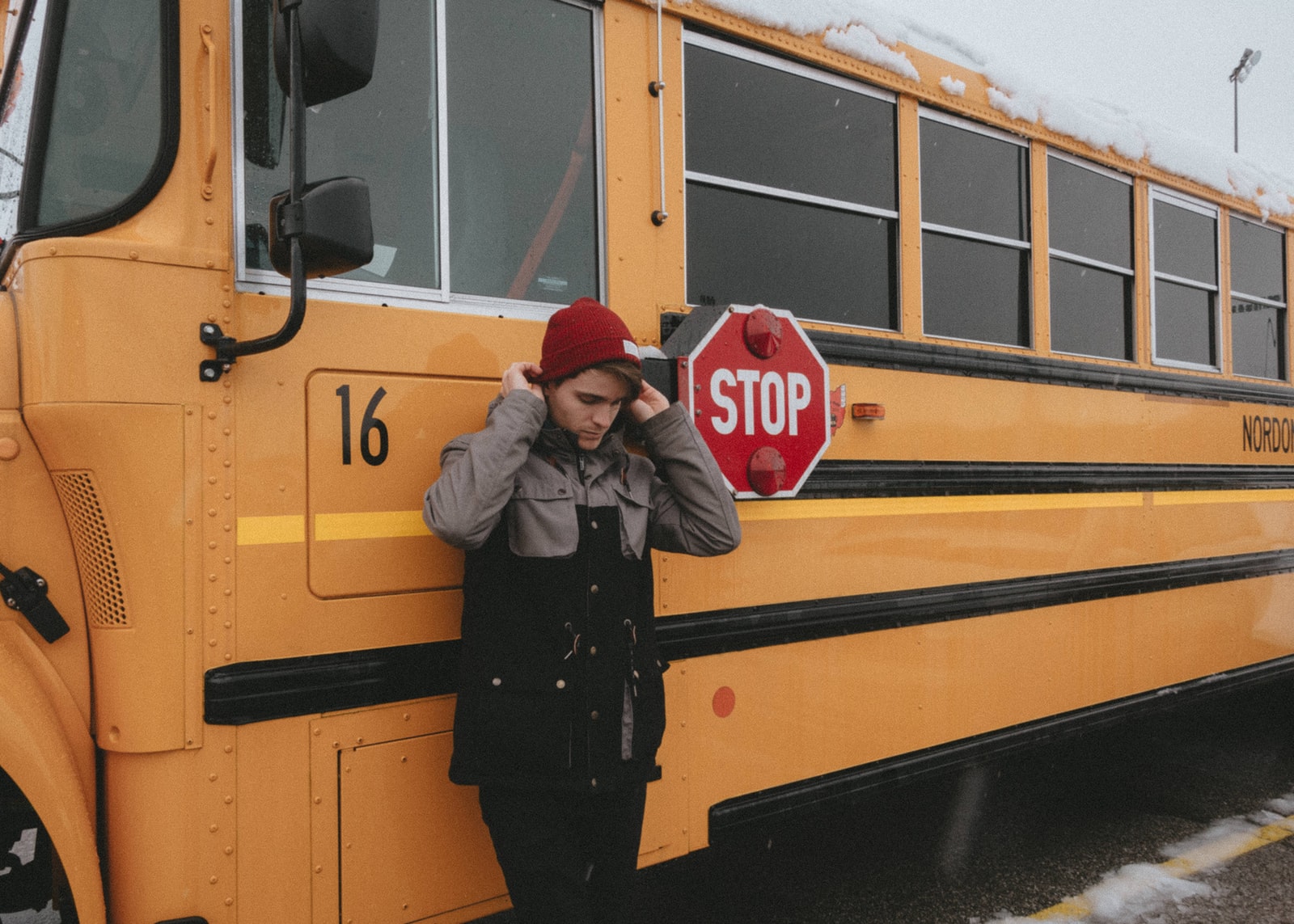How many times have you labeled yourself or someone else “shy” or “introverted” but wondered if it could be something more? Individuals with social anxiety are not always shy, and shy individuals do not necessarily have social anxiety. The same goes for being introverted.
On average, the onset for social anxiety is during the teen years, and it affects 15 million adults in the U.S. today (adaa.org). Social anxiety (also known as social phobia) is the second most commonly diagnosed anxiety disorder. Indications you may be dealing with social anxiety include an intense fear of being rejected, negatively evaluated, or harshly judged by others. Individuals who have social anxiety worry about being perceived as dumb, boring, or awkward and avoid situations in which their physical symptoms of blushing, sweating, or shaking could be witnessed by those around them.
About 5% of adolescents struggle with social anxiety but very few of them get help (adaa.org). If your teen is reluctant to participate in class, speak in groups, go to parties, participate in sports, or socialize with other peers their age, they may be experiencing some level of social anxiety.
It’s important to talk to your teen about why they are avoiding specific situations. You may want to ask about their thoughts on any of these things and how they feel about them. Many kids begin asking to stay home from school and even produce physiological “sick” symptoms to get out of situations that are triggering for them. Many parents don’t know how to handle these situations themselves and feel helpless as their kids get older and more set in their ways.
As a parent of children who experienced social anxieties from an early age and through the teen years, I understand these struggles and know how to help. I have witnessed the paralyzing effects of social anxiety and how it plays into every aspect of life. I sat in the post office parking lot with my frozen 14-year-old son who would not get out of the car to mail a package he wanted to send. I stood alongside my daughter awaiting her answers to questions asked of her by others only to hear perpetual silence. I’ve watched my kids struggle through social situations, avoiding participation in various activities, and then deal with the lonely effects of the results these behaviors produce.
These situations are best helped through examining thinking, questioning unhelpful thoughts, and working to loosen false beliefs that have been deeply imbedded. There is power in learning how to face emotions without fear and learn how to feel them in healthy ways.
My children have worked through fears, faced them head-on, and developed massive strengths in their place. My son who once couldn’t get out of the car to face the people inside the post office later went on to become the top rookie sales rep in his company by knocking doors and talking to people all day. My daughter, who had selective mutism, eventually participated in student council at her high school, created her own piano studio where she taught and interacted with students and parents, held regular recitals, and also worked at a local deli interacting with customers during her teen years. Both kids still consider themselves introverts, but both have learned to transition well in settings that require social interaction. Social anxiety may never completely disappear, but it can be helped, drastically improving personal experiences and outcomes.
If you or a loved one could use 1:1 help with social anxiety, I have effective tools I love to share and teach. There is help available. Don’t wait another day, sign up for a free mini-session where we can talk about where you are now and where you want to go from here.




